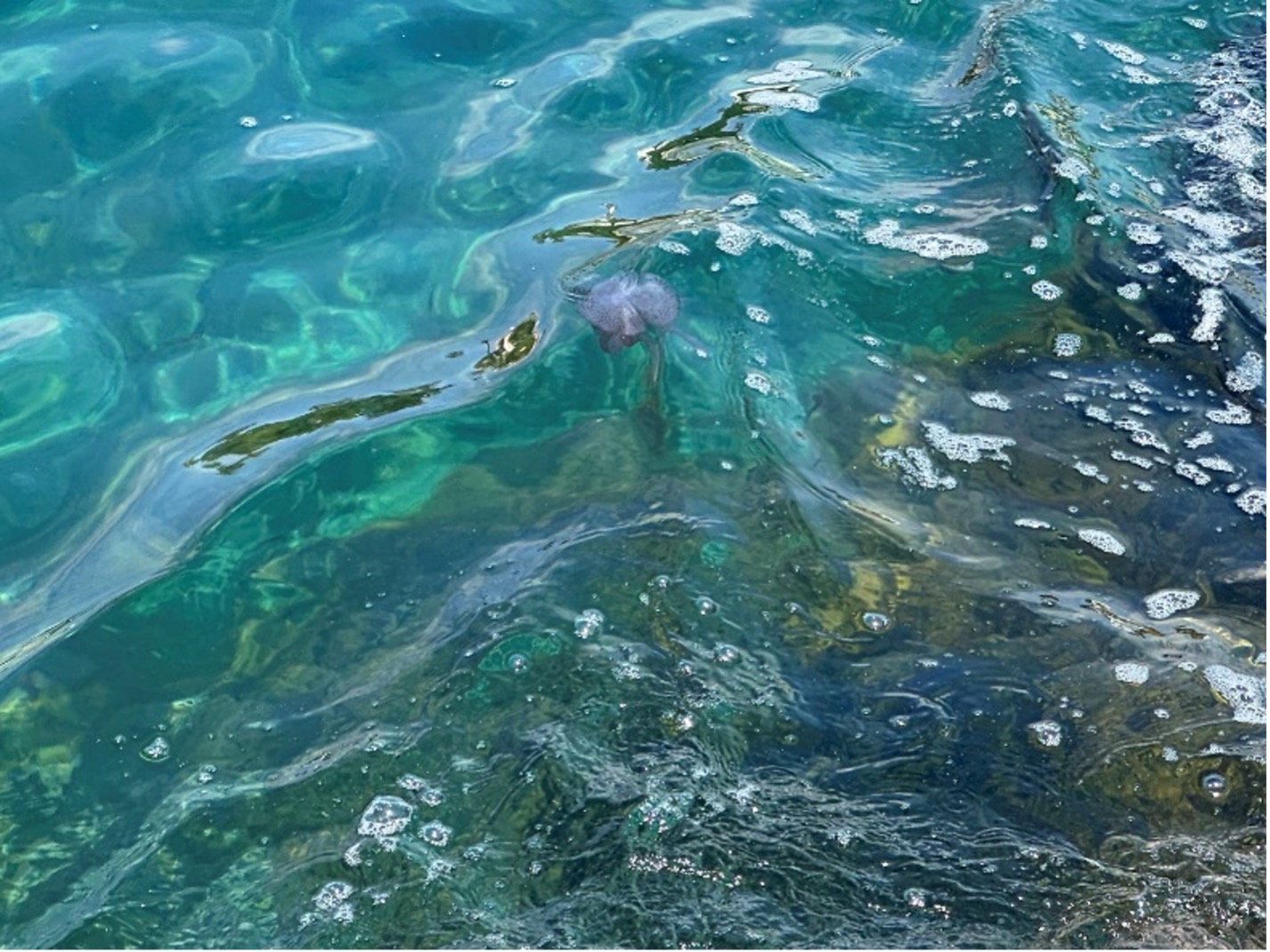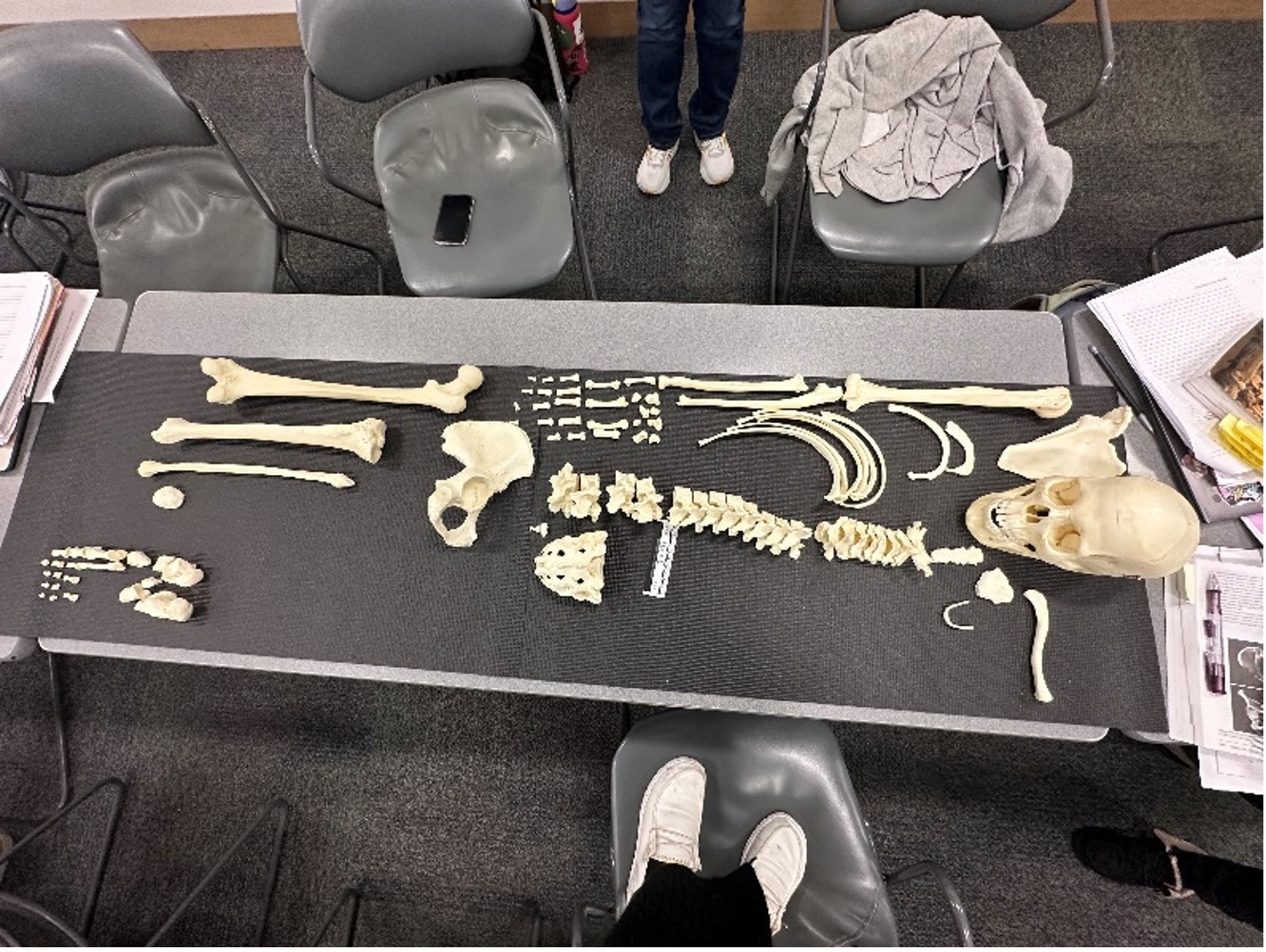Our time on Menorca started off with a bang – or really a sting. The first day at the beach Gabby was very excited to swim and find seashells, as it was some of the clearest water we have ever seen. The beaches had views found on wallpapers. Apparently, the red flag on the beach means “unsafe swimming conditions”. At the beach, she began walking in the water and hunting for shells. Despite being on the lookout, she began to feel a burning sensation. Just before she ran to the sand, she saw a purple jellyfish. She instantly began panicking, as she did not know how venomous they were. Ironically, she had just asked Fernando what to do if one of us got stung. The class was supportive; Lauren walked with her to find a pharmacy (although they were closed), Tori let her use some anti-burn cream, and everyone checked in.
We decided in unison Gabby should get a tattoo of the jellyfish where it had stung her. The next time we went to a beach, Gabby saw some jellyfish washed to the shore and used a fallen piece of bamboo to ease them back into the sea. She was cautious this time, especially because these were a different color and may have been even more venomous. There was a woman on the sand next to her and she asked, “¿Las medusas son venenosas?” It is so important and rewarding to be able to speak the language of the country you are in. “Of all the places to be stung to be stung by a jellyfish, I’d have to say Spain was pretty fun!” she says.

Our second day on Menorca we went on a hike at Cala Morell, an archaeological cave site. The trail was gorgeous, with huge cliffs – Paige was shocked to find nearly every step she took was through and abundance of surface-level prehistoric bone and Roman pottery. The caves were some of the most beautiful sights we have seen. It is incredible that past populations have used them as homes, but also that current populations continue to enjoy and respect the land. Our point of contact with the Sanisera museum, Fernando, pointed out fragments of cremated remains to our group. It was astonishing.
The first day working in the museum was exciting, yet overwhelming. Although this trip to Spain was not focused on excavation, it provided plenty of lab experience. Despite knowing that bioarchaeology would be harder than studying the clean and complete skeletal models from class, it was still a shock to witness how fragmented and mingled the remains would be. This made some of the data useless, as remains could not be confirmed from the same individual and therefore the individual could not be properly assessed for sex and age.

At the museum in Maó, we have our work cut out for us. The skeletal remains we’re working with are in varying conditions – one skeleton has relatively clean bones and intact teeth, and another is so fragmented there is hardly any data to collect. As we make our way through the boxes of burials from necropolis six, we are all wondering what we will find. The group has already started spit-balling ideas for research designs. We are looking forward to new discoveries, both in and outside of the lab, as we settle in for the rest of our trip abroad.
Tags: Study Abroad
